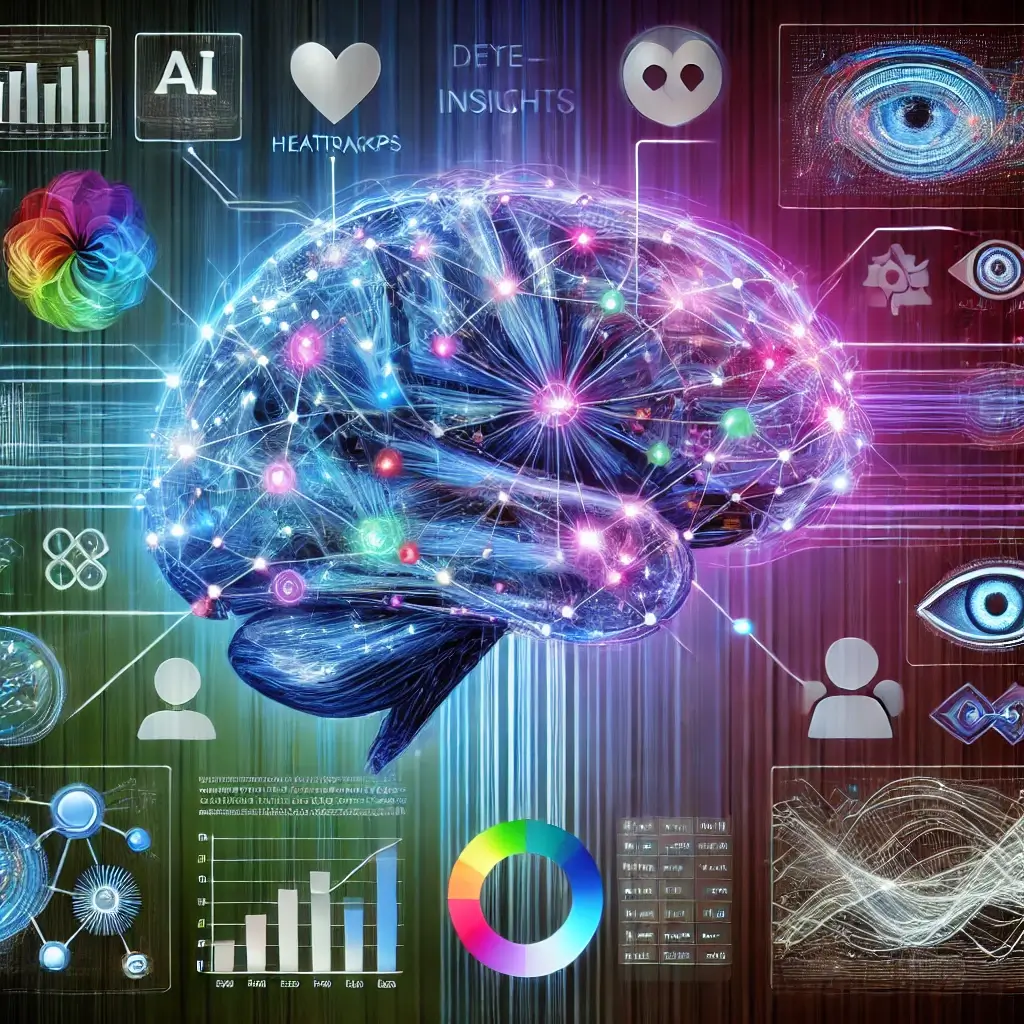The Intersection of Neuroscience and Marketing
Neuromarketing, the intersection of neuroscience and marketing, has revolutionized how businesses understand and influence consumer behavior. This innovative discipline delves into the psychological and neural mechanisms driving decision-making, offering marketers powerful tools to craft campaigns that resonate deeply with audiences. In 2025, the integration of advanced artificial intelligence (AI) and neuroscience is set to redefine neuromarketing applications, providing unprecedented insights for businesses aiming to optimize their digital strategies.
Capturing Attention in a Competitive Digital Landscape
Consumer attention spans are shorter than ever, and competition within the digital landscape is intense. To capture and retain customer interest, marketers must move beyond traditional metrics and leverage insights from brain science. Neuromarketing allows businesses to identify emotional triggers, tailor user experiences, and foster genuine connections with their audiences. By focusing on how the brain processes stimuli—from colors and visuals to emotional narratives—brands can design more effective, memorable campaigns.
Beyond Consumer Preferences to Actionable Strategies
The potential of neuromarketing extends beyond just understanding consumer preferences. It offers actionable strategies for improving engagement, driving conversions, and fostering brand loyalty. With the added capabilities of AI, neuromarketing techniques now provide real-time insights into consumer behavior, making campaigns more dynamic and impactful. This article delves into cutting-edge neuromarketing techniques, such as leveraging emotional appeals, optimizing user interfaces, and applying color psychology. Each section is enriched with case studies, industry trends, and actionable recommendations to ensure readers leave equipped with practical knowledge to enhance their digital campaigns.
Neuromarketing Insights in 2025
Neuromarketing Insights in 2025
Emotional Appeal in Content
Research underscores the importance of emotions in driving consumer actions. According to a 2024 Nielsen study, advertisements with strong emotional resonance yield a 23% higher ROI compared to those focusing solely on logic. Happiness, nostalgia, and urgency are common emotional triggers that can significantly impact campaign performance (Nielsen, 2024).
Case Study: A global food company’s emotionally-driven campaign showcased family moments during meals, increasing brand recall by 40% and engagement rates by 30%. This case highlights the power of storytelling in forging emotional connections with audiences.
Visual Stimuli and Eye-Tracking
Eye-tracking technologies reveal how visuals influence consumer attention. Key findings suggest that ads with striking imagery and clear directional cues—like arrows guiding viewers to a call-to-action—drive higher engagement. Visual hierarchy and design play pivotal roles in guiding consumer actions (Journal of Consumer Research, 2024).
Example: An eCommerce retailer redesigned its product pages with high-quality visuals and directional indicators, boosting conversions by 20%. By strategically positioning visual elements, the brand successfully captured user attention and increased purchasing decisions.
User Experience Optimization
Intuitive design and smooth navigation are critical. A 2023 Gartner report highlights that companies using neuromarketing insights for UX improvements report a 32% boost in customer satisfaction (Gartner, 2023). User experience is directly linked to emotional satisfaction and perceived ease of use.
Case Study: A tech firm identified friction points via heatmaps and user tests, simplifying their checkout process. The result? A 25% decrease in cart abandonment. These improvements underscore the importance of minimizing cognitive load for users.
Color Psychology
Colors evoke emotions and influence decision-making. Blue fosters trust, red conveys urgency, and green symbolizes calmness. Neuromarketing studies emphasize tailoring color schemes to match brand values and consumer expectations (Journal of Consumer Research, 2024).
Example: A financial firm transitioned to blue tones in its branding, enhancing trust and driving a 15% increase in new sign-ups. This example demonstrates how color choices can align with brand identity and audience perceptions to build stronger connections.
Integrating AI for Real-Time Insights
AI-driven tools are now being employed to analyze consumer behavior in real time. By integrating neuromarketing data with AI algorithms, brands can adapt campaigns dynamically based on audience reactions. This capability enhances personalization and improves the overall effectiveness of marketing strategies.
Future Outlook: The continued evolution of AI-powered neuromarketing tools is expected to transform how brands interact with their audiences, making campaigns more adaptive and data-driven.
Conclusion
Neuromarketing bridges the gap between consumer behavior and effective digital strategies. By incorporating emotional appeals, refining visual and UX elements, and leveraging color psychology, marketers can craft campaigns that not only capture attention but also foster meaningful engagement. The integration of AI with neuromarketing insights further enhances the potential for personalization and adaptability. As AI and neuroscience continue to advance, staying ahead in neuromarketing will be pivotal for businesses striving for long-term success.
References
Nielsen. “The Impact of Emotional Advertising on ROI.” Published 2024. Link.
Gartner. “Neuromarketing Insights for Enhanced UX.” Published 2023. Link.
Journal of Consumer Research. “Color Psychology in Marketing.” Published 2024. Link.
